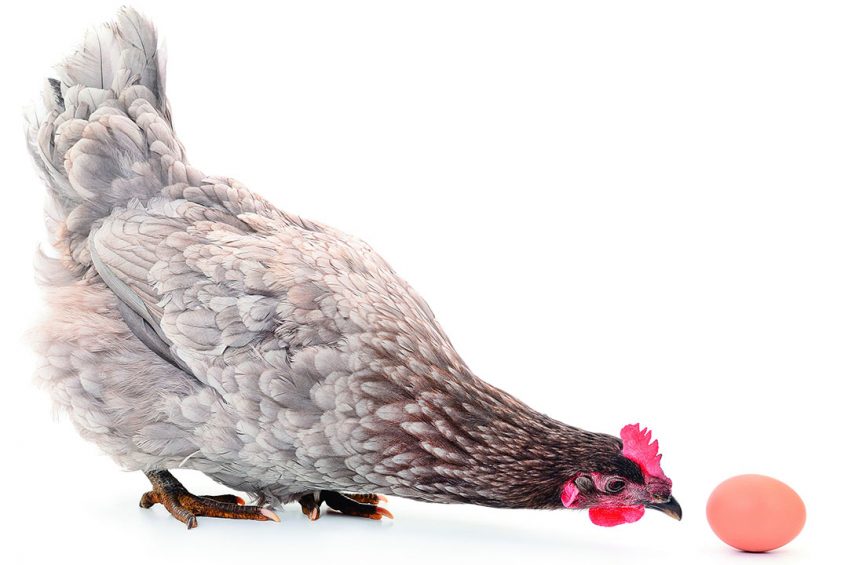How to identify and act upon egg abnormalities?

Eggs come in different varieties and sizes, but only the perfect table egg sells at a premium.
Quality requirements for the table egg can vary dependent on consumer preferences of the region of production, but a good quality egg needs to be clean, smooth and shiny.
The shell must be intact, free of hairline cracks or other defects, which may cause the egg to break during cooking. The egg colour should be even and the egg content must be free of any inclusions such as blood or meat spots. From a human health perspective, the eggs must not be contaminated with microorganisms. Over a flock’s production cycle, some abnormalities will flare up, some temporary and small, others more persistent.
9 egg abnormalities, causes and actions
- Too light or heavy; check the amount and type of laying hen feed. Ensure point of lay pullet weight is optimal. Check recommended lighting program was followed at point of lay – too early or too late.
- Too light of dark yolk colour; Modify the amount of red and yellow colour additives in the feed. Check the amount and type of laying hen feed. Check birds general and gastrointestinal health.
- Weak shell; Check the amount and type of laying hen feed, especially calcium level. Seek technical guidance. Change choice of strain. Check house temperature as high temperatures can influence feed intake.
- Thick albumen too low; Change the quality of protein in the feed. Ensure the flock has IB protection. Check the general health of the flock. Remedy excessively high storage temperatures.
- Shell colour too pale; Change the choice of strain. Reduce birds exposure to influence from sunlight. Check for use of medications that effect shell colour (e.g. nicarbazin).
- Dirt on eggs; Ensure nest boxes are clean and not worn-down. Check the amount and type of laying hen feed. Check hen health. Check egg belt speed and RH in-house climate.
- Too many cracked eggs; Check the farm’s egg collection system or remedy low breaking strength
- Too many open cracks; Prevent hens from pecking eggs and check the collection system
- No or faulty egg stamp; Ensure that the egg stamping machine or ink jet printer is well set up and maintained.













